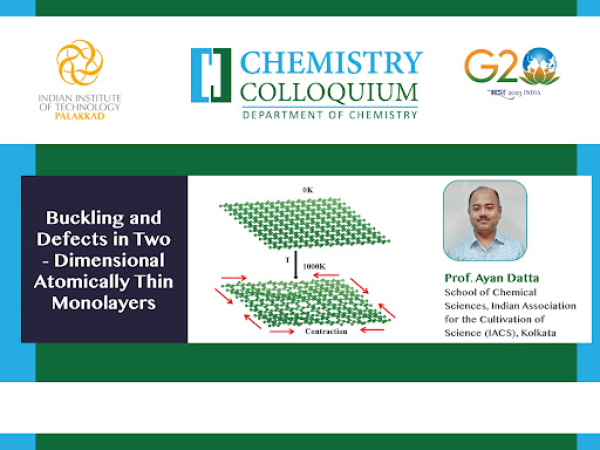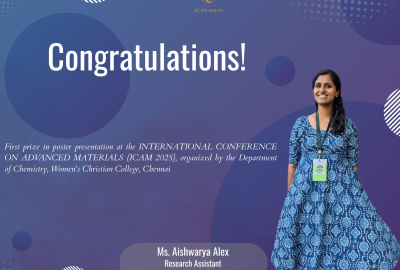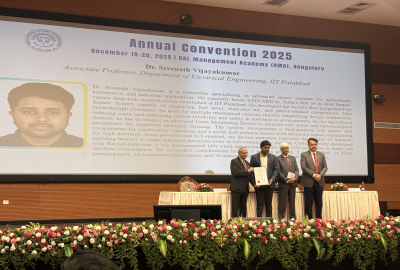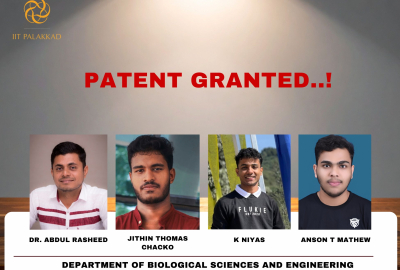
Chemistry Colloquium: Unravels the Mysteries of Buckling and Defects of 2D Atomically Thin Layers
In the latest episode of the Chemistry Colloquium, Prof. Ayan Dutta from the School of Chemical Sciences at the Indian Association for the Cultivation of Science delivered a captivating session on "Buckling and Defects in Two-Dimensional Atomically Thin Layers." Focusing on the fascinating realm of graphene and its 2D analogues like silicene, phosphorene, MXenes, MoS₂, and germanene, Prof. Dutta briefed on their unique properties.
Diving into the intricacies of these non-planar materials, Prof. Dutta highlighted the local reactivity to halogens and hydrogens, particularly along the more ~sp³ atoms, showcasing the diverse effects of buckling. The lecture introduced the concept of Pseudo Jahn-Teller (PJT) distortions as a central unifying theme, explaining the structural preferences of these systems.
The extent of buckling also leads to interesting and emerging phenomena like phase-transitions into Topological Insulators from normal semi-metal due to spin-orbital coupling (SOC). The session offered a comprehensive exploration of the effect of PJT in bestowing structural diversity and novel electronic and spin phases in 2D-monoatomic layers.






